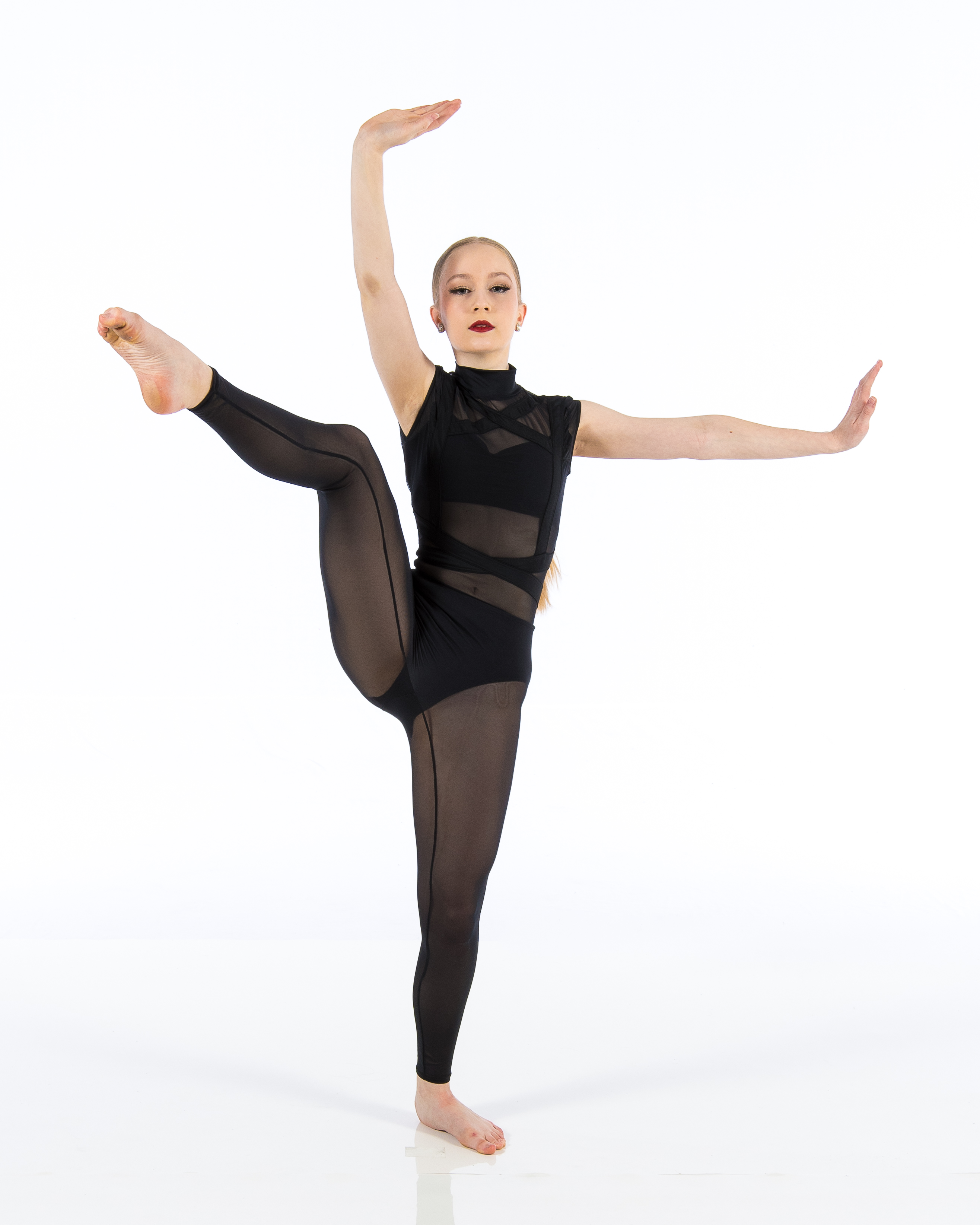Introduction
Dance is a universal language; it transcends barriers and allows individuals to express themselves in a myriad of ways. However, for online ballet dance lessons neurodiverse dancers, the journey into this expressive art form can be riddled with challenges that conventional dance studios may not be equipped to address. This article explores how to create an inclusive and supportive environment for neurodiverse dancers in your dance studio.
Understanding Neurodiversity in Dance
What Does Neurodiversity Mean?
Neurodiversity refers to the natural variation in human brain functioning, encompassing conditions like autism spectrum disorder (ASD), attention deficit hyperactivity disorder (ADHD), dyslexia, and more. It's essential to recognize that these variations can influence how individuals perceive, interpret, and engage with the world around them.
The Importance of Inclusion in Dance Studios
Dance studios have a unique opportunity to foster inclusivity by creating spaces where all dancers feel welcome and valued. By understanding neurodiversity, instructors can tailor their teaching methods to accommodate different learning styles and sensory needs.
Supporting Neurodiverse Dancers in Your Studio Environment
Creating an Inclusive Atmosphere
1. Physical Space Considerations
To support neurodiverse dancers effectively, the physical layout of your dance studio should be carefully considered.
- Lighting: Harsh fluorescent lights can be overwhelming. Opt for softer lighting or natural light when possible. Sound Control: Consider soundproofing or using noise-canceling headsets for students who may be sensitive to auditory stimuli. Clear Pathways: Ensure there are clear pathways between different areas of the studio to prevent confusion or accidents.
2. Flexible Teaching Methods
Every dancer learns differently—some may thrive with verbal instructions while others might benefit from visual aids or hands-on demonstrations.
- Visual Supports: Use charts, images, or videos to illustrate dance moves. Repetition: Allow ample time for practice and repetition to build confidence. Breaks: Incorporate short breaks into sessions to help manage fatigue and sensory overload.
Recognizing Individual Needs
3. Personalization is Key
Every neurodiverse dancer has unique needs. Understanding these individual requirements can significantly enhance their learning experience.
- Initial Assessments: Conduct assessments at the beginning of classes to gauge each dancer's strengths and challenges. Communication: Encourage open dialogue between instructors, dancers, and their families about specific needs.
Building Trust and Rapport
4. Establishing a Safe Space
Creating an emotionally safe environment is crucial for neurodiverse dancers.
- Positive Reinforcement: Use praise and encouragement consistently. Open Communication Channels: Allow students to express discomfort or anxiety without fear of judgment.
Strategies for Effective Communication
5. Simplifying Instructions
When giving instructions during class, simplicity is vital.

- Break down complex movements into smaller steps Use clear, concise language without unnecessary jargon
6. Visual Learning Aids
Utilize visual aids not just for choreography but also for instructions and feedback:
| Aid Type | Example | |-------------------|------------------------------| | Images | Photos of dance positions | | Diagrams | Flowcharts of routines | | Videos | Recorded performances |
Engaging Neurodiverse Dancers in Class Activities
7. Interactive Learning Approaches
Incorporating interactive elements can help engage neurodiverse dancers more effectively:
- Group activities that encourage teamwork Partnered dancing where roles can be rotated
8. Mindfulness Techniques in Dance Practice
Mindfulness helps dancers connect better with their bodies through techniques such as:
- Breathing exercises before class Visualization techniques focused on movement
Managing Sensory Overload in Dance Studios
9. Recognizing Signs of Overwhelm
It’s vital for instructors to recognize signs that a dancer may be feeling overwhelmed:
- Fidgeting Avoidance behaviors Changes in facial expression
10. Strategies to Mitigate Overload
Implement strategies that help mitigate sensory overload:
Designated quiet areas within the studio Scheduled breaks during classes Providing sensory tools such as fidget toysFAQ Section
1. What are some common characteristics of neurodiverse dancers?
Neurodiverse dancers may exhibit unique traits such as heightened sensitivity to sensory input, varying communication styles, and different learning preferences compared to their neurotypical peers.
2. How can I modify my teaching style?
Consider using multiple teaching methods—visual aids, verbal prompts, and physical demonstrations—to cater to diverse learning styles.
3. What should I do if a dancer becomes overwhelmed?
If a dancer shows signs of overwhelm, provide them with a quiet space where they can decompress away from stimuli until they're ready to rejoin the class.
4. Are there specific techniques beneficial for autistic dancers?
Techniques such as using structured routines, incorporating visual supports, and allowing extra time for skill mastery are particularly helpful for autistic dancers.
5. How important is family involvement?
Family involvement is crucial; open communication between instructors and families ensures that everyone's on the same page regarding support strategies.
6. Can I use technology in my teaching?
Absolutely! Technology like apps designed for dance practice or online tutorials can offer additional support tailored specifically for neurodiverse learners.
Conclusion
Creating an inclusive environment within your dance studio isn’t just about accommodating differences; it’s about celebrating them! By implementing thoughtful strategies that support neurodiverse dancers—such as flexible teaching methods, personalized instruction plans, effective communication strategies, mindfulness practices—you’re not only enhancing their dance education but also fostering a rich community where everyone feels valued.
In summary, supporting neurodiverse dancers requires empathy, creativity, and a commitment to inclusivity within your studio environment! So let’s get started on this journey together—because every dancer deserves the chance to shine!